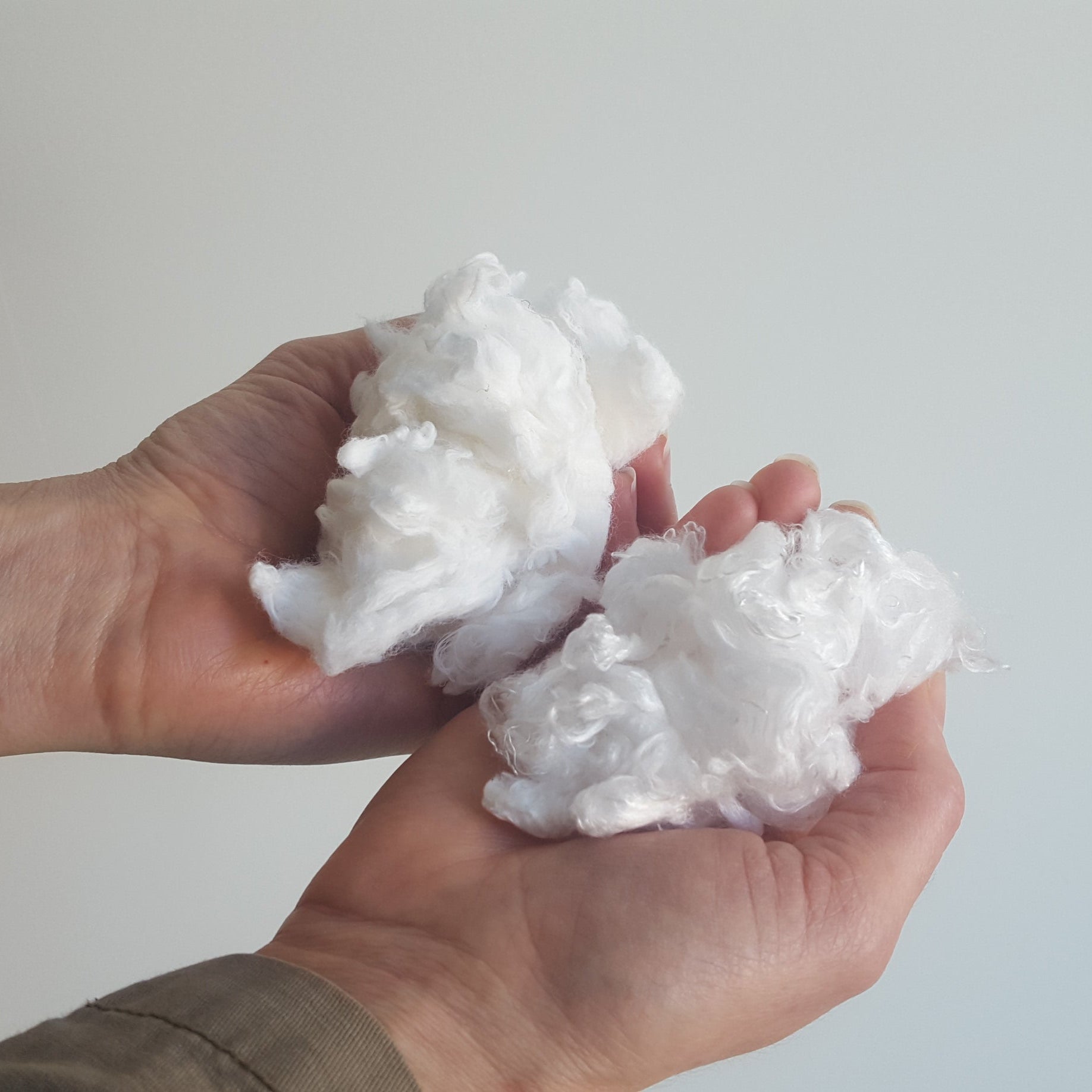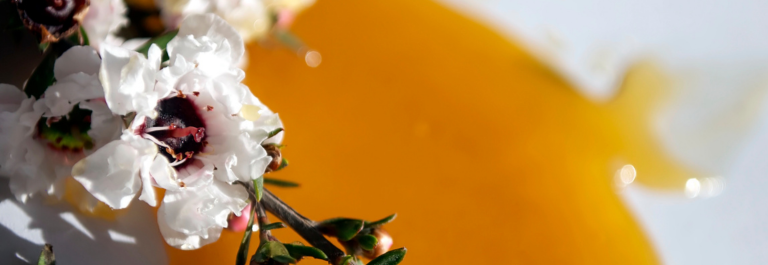Do you think you’re suffering from dermatitis? Dermatitis (a general term that describes inflammation of the skin) comes in many different forms. In this guide we’ll breakdown a variety of skin condition symptoms, as well as possible natural treatments to get you started on the road to recovery.
Types of Dermatitis
Dyshidrotic Eczema (DE)
A condition where the skin cannot protect itself as well as it should, so the person often gets itchy, dry skin. Sufferers also develop small blisters, usually on their hands and sometimes on their feet. These blisters are often very itchy and painful. Once the blisters clear (usually in 2 or 3 weeks), the skin tends to be red, dry, and cracked.
For itchy skin, be sure to opt for a moisturizing cream like the Organic Manuka Skin Soothing Cream which relieves the itch and promotes skin healing with both Manuka honey and Manuka oil.
Atopic Dermatitis
A common skin disease in children but can also affect adults. It is often referred to by several names including Eczema, Dermatitis, Atopic eczema and Atopic Dermatitis. Most of the time, dry and scaly patches appear on the scalp, forehead, cheeks and face. The term ‘atopic’ is used to describe a group of conditions which include asthma, eczema and hay-fever. Atopic people often have allergies, but some allergens are more important for eczema than others.
- Air borne allergens from cats, dogs, pollen or grass frequently cause asthma and hay-fever flare-ups, but some may exacerbate eczema. If this is suspected, avoidance measures should be taken.
- Food allergies may aggravate eczema. This is seen more frequently in infants and young children and may be suspected if their eczema is difficult to control or if the child is itchy without a rash. Avoidance of certain foods may help control their eczema, but a healthy, well-balanced diet is equally as important, especially for children. Foods should not be excluded without advice from your doctor or a dietician.
- Latex (rubber) allergy is more common in people who are atopic. The symptoms may be minor and cause itching after contact with rubber products.
- Contact allergy to creams and ointments used to treat atopic eczema can occur, in which the individual should discontinue use immediately. Let your doctor know if your treatments seem to be making your skin worse. For a natural soap, check out this Coconut and Sunflower Oil Soap.
Seborrheic Dermatitis
A very common skin condition that many people don’t even know they have. Affected areas can be itchy, sore or sensitive and flaking skin. Dandruff is actually a form of mild seborrheic dermatitis of the scalp. The scalp becomes dry and itchy and white or grey flakes may appear in small or large form dandruff. Affected areas are red with greasy looking skin flakes. It usually affects one or two body areas, but can sometimes be widespread. In severe cases, symptoms can include scaling or crust on the scalp, as well as itching and soreness behind the ears, across the eyebrows and around the nose or chest.
Try these natural treatments for seborrheic dermatitis.
Contact Dermatitis
Describes inflammation which is caused by contact with something in the environment. It may sometimes be referred to as contact eczema. Contact dermatitis usually affects the hands, arms, face and legs.
Eczema gloves are the perfect accessory to prevent contact dermatitis on your hands and to use along with moisturizer to promote healing. Try these eczema gloves for adults or kid sizes.
Dermatitis Herpetiformis (DH)
A condition linked to celiac disease. DH affects fewer people than typical celiac disease, somewhere around 1 in 3,300 people. It can appear at any age, but is most commonly diagnosed in those aged between 50 and 69 years. It appears as red, raised patches, often with blisters that burst from scratching. The rash is most commonly seen on the elbows, knees and buttocks, but any area of the skin can be affected.
Stasis dermatitis
Also know as gravitational dermatitis, varicose eczema, or venous stasis dermatitis, develops in those who have poor circulation. Stasis dermatitis is most common in the lower legs because leg veins have one-way valves, which play an important role in circulating our blood. As we get older these valves can weaken, stop working properly and develop stasis dermatitis.
Nummular Dermatitis/Discoid Eczema
A long-term skin condition that causes skin to become itchy, red, swollen and cracked in circular patches. The patches can affect any part of the body, although they don’t usually affect the face or scalp. They are often swollen, blistered and ooze fluid at first, but become dry, crusty, cracked and flaky over time. The patches may clear up on their own eventually, but this can take weeks, months or even years if not treated.
Neurodermatitis
A skin condition that begins with an itchy patch located on any surface of the body. It is common for itchy patches to develop on an arm, leg, or the back of the neck and not uncommon to develop in the anal or genital areas. The itch is usually more severe when relaxing or sleeping and can be worsened from stress.
Perioral Dermatitis
A facial rash that causes bumps to develop around the mouth. In some cases, a similar rash may appear around the eyes, nose, or forehead. Perioral dermatitis is most commonly seen in young women but it can affect men as well. The cause of perioral dermatitis is not known. However, it may appear after topical steroid creams are applied to the face to treat other conditions.
Psoriasis
Although not technically a form of dermatitis, psoriasis is often misdiagnosed as such so it’s important to point out how it’s both similar and different. Psoriasis is a common skin condition affecting about 2% of the population. It occurs equally in men and women, at any age, and tends to come and go unpredictably. It is not infectious, and does not scar the skin, but causes well-defined, thick, red, scaly patches. Those who have psoriasis tend to have mild itching, as well as flaky skin. Sometimes, a patient has both eczema and psoriasis, so there can be some overlap. A dermatologist, however, will generally be able to differentiate between these two relatively common skin disorders. It is important to note that psoriasis is actually an autoimmune disease, but many also claim the same for eczema and other chronic forms of dermatitis.
Check out these natural remedies for psoriasis.
There are many types of dermatitis – some cause itchy, dry, skin while others create red or blistered skin. The important thing to understand is that dermatitis, although a condition based on external factors such as allergies, can be healed both internally and externally. Aside from using topical steroids or natural skin care, those who suffer from dermatitis or psoriasis should understand that certain foods can trigger inflammatory skin conditions while others can help to heal not only the skin, but the body in its entirety.










